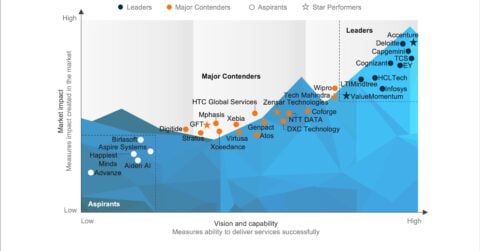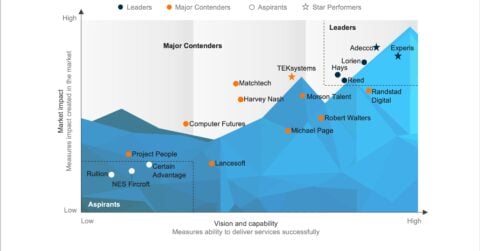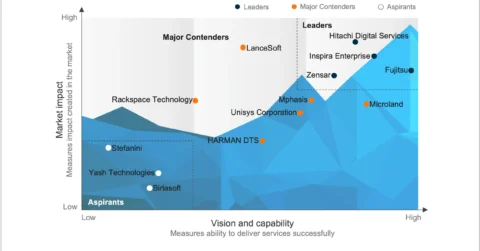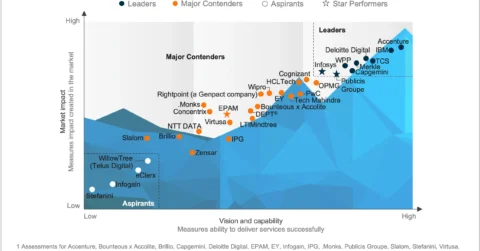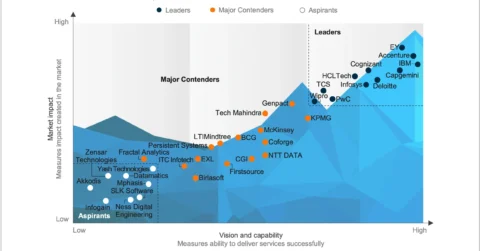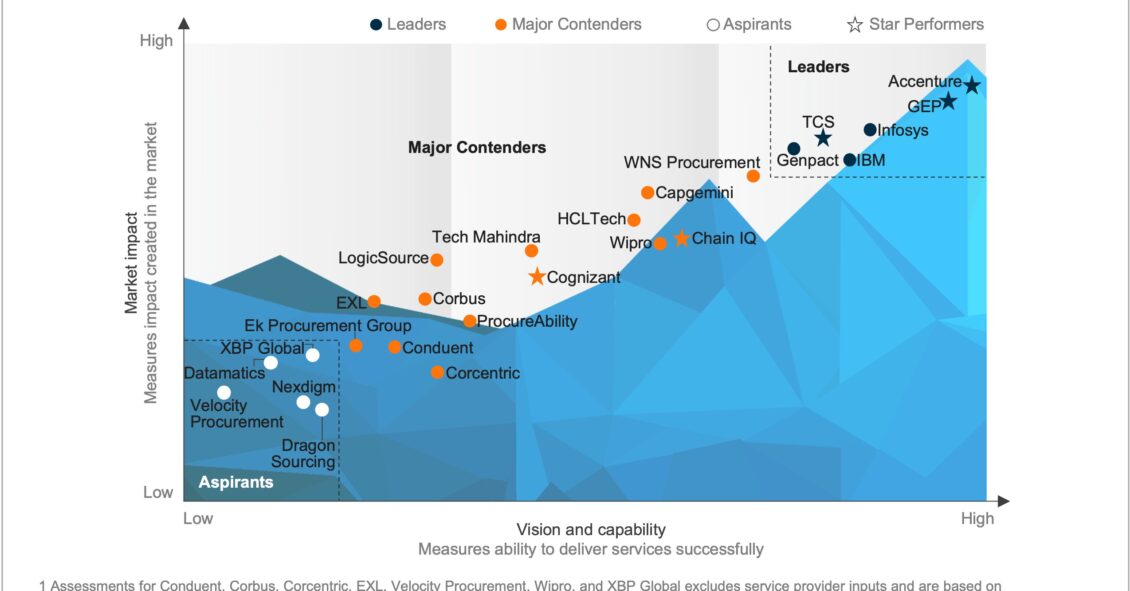
Procurement Outsourcing (PO) providers are supporting enterprises in modernizing operations, accelerating digital enablement, and navigating macroeconomic uncertainty. They are expanding upstream capabilities, particularly in sourcing and category management, to address end-to-end procurement requirements. Providers are also emphasizing modular solutions and flexible engagement models for greater agility. They are contextualizing services to support the establishment and/or transformation of procurement operations within global capability centers.
-
Procurement Outsourcing (PO) Services PEAK Matrix® Assessment 2025


In this research, we assess 25 PO providers featured on the PO Services PEAK Matrix® Assessment 2025. Each assessment provides a comprehensive picture of the provider’s market success, vision and strategy, service focus and capabilities, digital and technology solutions, domain investments, and buyer feedback to assist buyers in making sourcing decisions. With PO engagements’ continued extension in upstream procurement areas, we also assess 23 PO providers on their Source-to-Contract (S2C) capabilities and feature them on the S2C Services PEAK Matrix Assessment® 2025.
Scope
- All industries and geographies
- 25 PO providers
- The assessment is based on Everest Group’s annual RFI process for calendar year 2025, interactions with leading procurement service providers, client reference checks, and ongoing analysis of the PO services market
Contents
This report includes:
- PO Services PEAK Matrix® Assessment 2025
- S2C Services PEAK Matrix® Assessment 2025
- Key insights into PEAK Matrix® dimensions
- Strengths and limitations of individual providers
- Enterprise sourcing considerations
- Overview of top PO providers across geographies and industries, along with their respective market shares
READ ON
What is the PEAK Matrix®?
The PEAK Matrix® provides an objective, data-driven assessment of service and technology providers based on their overall capability and market impact across different global services markets, classifying them into three categories: Leaders, Major Contenders, and Aspirants.
